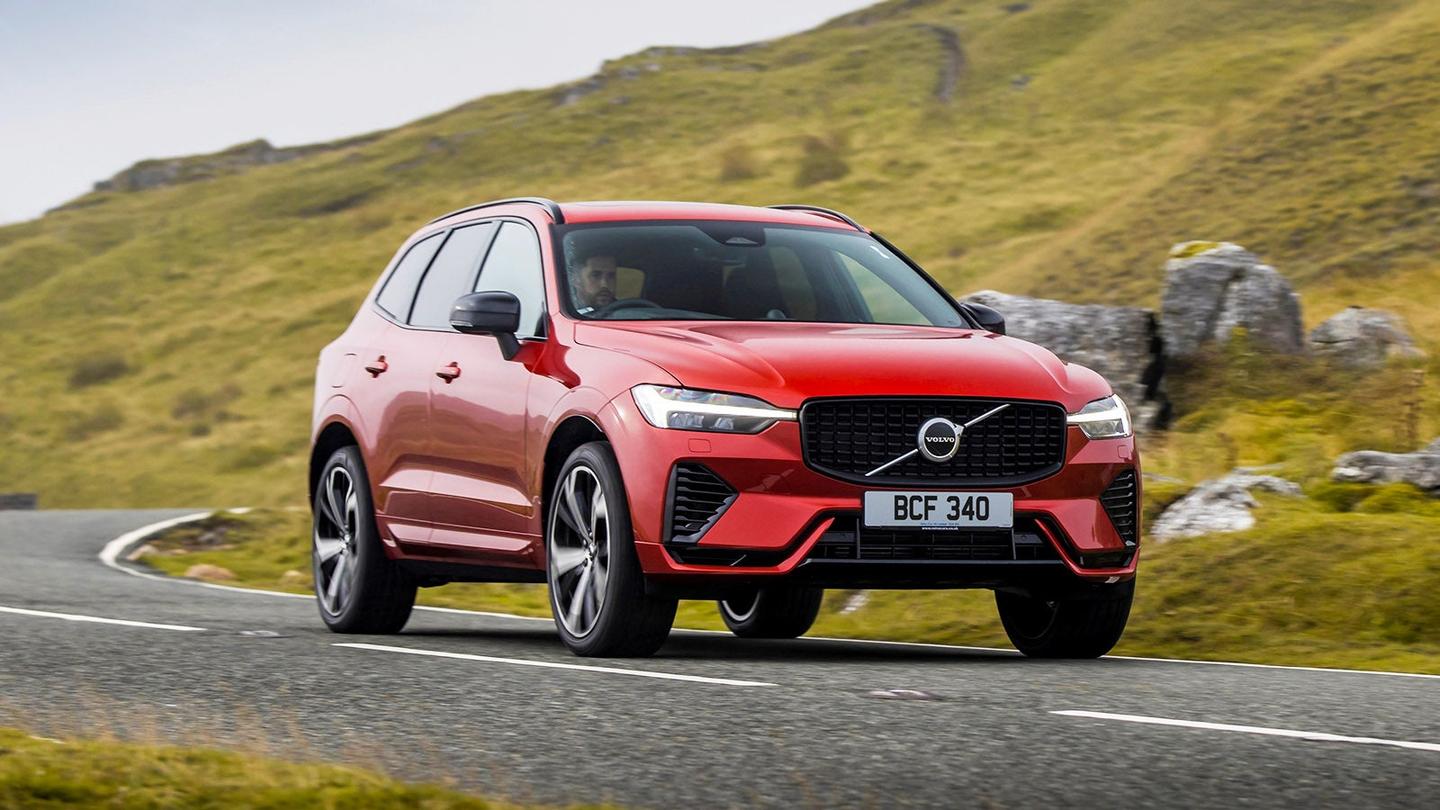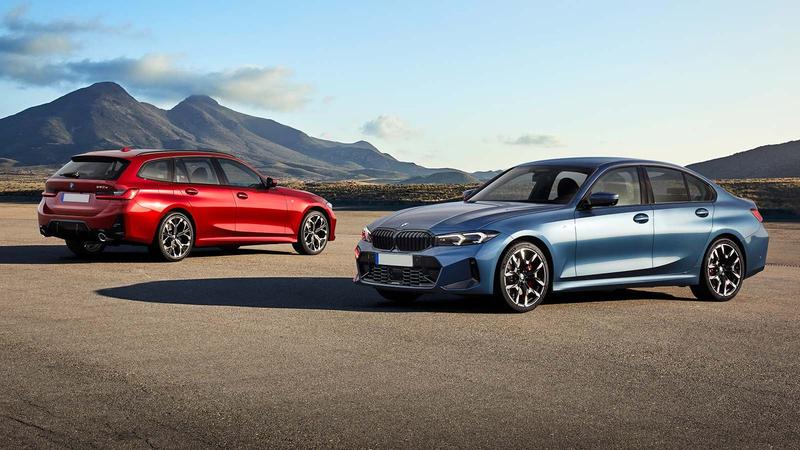
BMW X3 engines, driving and performance
Gallery
How does the BMW X3 drive?
The BMW X3 manages to blend the secureness of a big SUV with the reflexes of a hatchback, so it’s really impressive from behind the wheel. It’s more agile and fun than almost all its rivals, such as the Mercedes GLC and Volvo XC60, even if the Jaguar F-Pace is just a whisker better to drive.
Whatever you want from your SUV, whether that’s agility, sophistication or comfort, the X3 delivers. And it’s easy to drive too, with an automatic gearbox and four-wheel drive helping out whatever the weather.
Stick the X3 into Sport mode and you can feel the car’s computer send more of the power to the rear wheels – accelerate and you’ll feel the pushing sensation you get in rear-wheel drive cars. We’re really pleased that Sport mode doesn’t hang onto low gears unnecessarily, as some auto-equipped cars are annoyingly noisy and thirsty because they spend too much time in a low gear just in case you want to accelerate again. The X3’s gearbox is really well considered and mostly does what you expect it to do, with very little hesitation.
Is the BMW X3 comfortable?
There’s a slight firm edge to the BMW’s ride, reminding you that you’ve picked something sportier than a GLC or XC60. But it’s compliant, comfortable, and you’d be more than happy to rack up hundreds of miles in one go. It deals with potholes admirably but won’t lean in fast cornering. Again, really impressive.
You get a bit of engine noise and suspension noise filtered through to the cabin, but the engine sounds fine to our ears. The X3’s standard-fit acoustic windscreen helps keep wind and tyre noise to a minimum.
Overall, the X3 feels like a BMW saloon from behind the wheel, with the added advantage of sitting higher up to see further down the road.
What’s the best engine to get?
Strap in, this could get long. Opening the X3 range are a pair of 2.0-litre engines with just over 180hp, one petrol and one diesel. It feels wrong saying this in 2024, but the diesel engine suits the X3 down to the ground – it’s fantastic at part throttle when you just want a bit of acceleration to keep up with traffic, and feels every bit as quick as its eight-second 0-62mph time suggests. What’s more, this engine can return up to 48mpg, making it economical for higher-mileage drivers. Lower-mileage drivers will love the smoothness and responsiveness of the 20i petrol engine.
A 3.0-litre six-cylinder diesel is also available on the used market. Called the xDrive30d, this adds almost 100hp and is hot-hatch quick, and it’s not much less economical than the 20d.
On paper, the most economical X3 is the plug-in hybrid, with its 134mpg figure and 30-mile all-electric range. As with any PHEV, you’ll need to keep the battery topped up and run on electric power as often as possible to get close to those efficiency claims – once the battery’s run out, you’ll probably see fuel economy in the low thirties. However, the car’s battery will fully charge from a three-pin socket in a few hours, so you could start every day with a full battery if you charge overnight.
Want to wave goodbye to an engine totally? BMW offers the blank-grilled iX3, which is the only two-wheel-drive X3 in the UK lineup. It’s good for a 285-mile range and can be fast-charged to 80% in under half an hour from a 150kW charger, but is a little bit firm to account for the extra weight of the battery pack.
Performance addicts are well catered for, too, with three distinct hot X3s to choose from. The top rung is the X3 M Competition with its 510hp and ballistic speed, but we’d recommend picking the M40i petrol or M40d diesel versions instead. Both are still very rapid, but both manage comfortable cruising far better than the pummelling X3 M – and they don’t cost the best part of £100,000, like the X3 M does.
BMW X3 performance
No X3 is slow, with even its entry-level four-cylinder engines capable of hitting 0-62mph in eight seconds or less. The 30d six-cylinder diesel reduces that to 5.7 seconds, which matches some of the most exciting hot hatches.
The plug-in hybrid is almost as quick, and perhaps feels a little bit quicker immediately off the line thanks to the instant electric power. It’s unusual for the full electric iX3 to be a little less quick than the hybrid, but the iX3 misses out on the all-wheel traction of the hybrid.
Of course, the X3 M steals the headlines for performance – its 0-62mph time of just 3.8 seconds puts it among the fastest SUVs on sale, including the Lamborghini Urus. The M40i and M40d aren’t far behind, though, taking under five seconds to complete the sprint.

















































